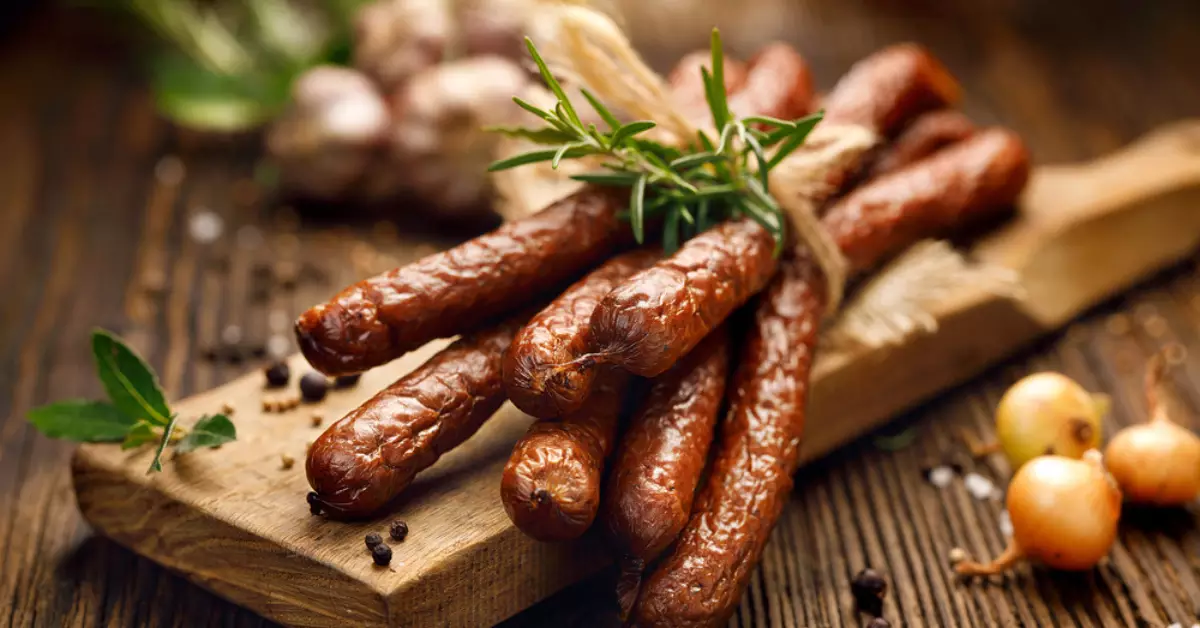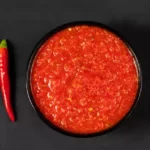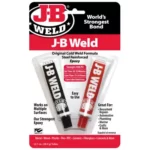Snack sticks, a beloved treat worldwide, offer the perfect balance between flavor, convenience, and nutrition. Their popularity stems from their transportability, unique taste, and ability to satisfy cravings between meals. Sausages, jerky, and other forms of snack sticks have been around for centuries, providing sustenance to travelers and snackers alike.
Snack sticks aren’t just delicious, they’re a testament to the age-old food preservation technique of curing. This process, responsible for their distinct flavor and long shelf life, relies on the precise management of curing time. Snack sticks typically require a careful and specific duration of curing, which adds to their unique character.
A deep-dive into the world of snack sticks reveals how crucial the curing process is. From altering the texture to enhancing the flavor, curing time is the unsung hero behind your favorite snack sticks.
The Process of Making Snack Sticks
Ingredients Required for Snack Sticks
To create snack sticks, you need meat, fat, curing agents, and spices. The meat could be beef, chicken, or other allowable kinds, and it should be finely ground. The fat gives the sticks their moisture and richness, while the curing agents preserve and flavor the sticks. Finally, spices are added to make the snack sticks savory and enjoyable.
Step-by-Step Guide to Preparing Snack Sticks
- Mix the ground meat, fat, curing agents, and spices thoroughly.
- Push the meat mixture into sausage casings.
- Twist or tie off individual snack sticks from the filled casings.
- Hang or place the snack sticks in a curing environment.
The Importance of Curing in Snack Sticks
The Science Behind Curing
Curing is a food preservation method that involves adding salt, nitrates, nitrites, or sugar to food. These agents reduce water activity in food, inhibiting bacterial growth. Also, they promote color and flavor development, contributing to the snack stick’s appealing attributes.
Why Curing is Necessary for Snack Sticks
Curing not only preserves snack sticks but also enhances their flavor and texture. It ensures snack sticks are safe to eat over extended periods, making them a reliable, ready-to-eat snack. Furthermore, curing lends snack sticks their characteristic taste and texture that consumers love.
Time Required for Curing Snack Sticks
Understanding the curing time for snack sticks is essential as it influences not just their safety and longevity, but also their overall sensory attributes such as taste, texture, and aroma.
Factors Determining Curing Time
Several elements come into play when determining the curing time for snack sticks:
- Thickness of Sticks: The size or thickness of the snack sticks significantly impacts curing time. The thicker the stick, the longer it takes for the curing agents to penetrate through the meat, thereby increasing curing time.
- Type of Meat: Different types of meat can influence curing time. Denser meats, for example, might need a more extended period compared to less dense ones.
- Humidity and Temperature: The curing process is sensitive to environmental conditions. A controlled environment with the right humidity and temperature levels ensures effective curing.
- Curing Agents: The type and amount of curing agents used can also determine the curing time. Certain agents are faster acting than others.
Typical Curing Time for Snack Sticks
While the exact time can vary based on the factors mentioned above, generally, snack sticks require about 12-24 hours to cure at room temperature. This duration allows for the efficient absorption of curing agents into the meat, ensuring proper preservation and flavor enhancement.
Curing Methods for Snack Sticks
There are a variety of ways to cure snack sticks. The method chosen can influence the flavor, texture, and overall quality of the final product.
Traditional Curing Techniques
These methods often involve hanging snack sticks in a cool, well-ventilated area away from direct sunlight. Although this approach doesn’t require much specialized equipment, it demands constant monitoring of the environment to ensure optimal curing conditions.
Modern Curing Methods: Speed and Efficiency
Modern curing methods typically employ devices like curing chambers. These appliances offer controlled temperature and humidity, resulting in consistent and efficient curing. Some may even feature digital interfaces that allow you to set and monitor the precise conditions needed for optimal curing.
Safety Guidelines in Curing
Curing requires handling potent agents like nitrates and nitrites, which, if overused, could pose health risks. It’s therefore crucial to strictly follow the recommended amounts when preparing your snack sticks. Always refer to trusted recipes or guidelines to ensure safety in curing.
Tips to Know Your Snack Sticks are Properly Cured
Recognizing a well-cured snack stick involves both visual cues and sensory experiences.
Visual Indications of Well-Cured Snack Sticks
Well-cured snack sticks typically exhibit a deep red or brown hue. They should also hold their shape well, maintaining a firm but pliable texture.
Taste and Texture: Signs of Correct Curing
Properly cured snack sticks offer a complex sensory experience. Upon biting, they should yield a smooth texture—not too dry or crumbly. The flavor should strike a balance between the meat’s natural taste and the added spices, with the curing agents’ influence apparent but not overpowering.
Storing and Enjoying Cured Snack Sticks
After the curing process, proper storage and presentation can enhance the shelf-life and enjoyment of your snack sticks.
Best Practices for Storing Cured Snack Sticks
Once cured, snack sticks should be stored in a cool, dry place. Vacuum-sealed snack sticks can last for up to a year, while those stored in airtight containers at room temperature can last for several weeks. For longer preservation, consider refrigerating or freezing your snack sticks.
Serving Suggestions for Snack Sticks
Snack sticks can be enjoyed in numerous ways. They are delicious as standalone snacks, but pairing them with cheeses, pickles, or crackers can elevate your snacking experience. Snack sticks can also add a protein punch to your salads or even be incorporated into cooked dishes for a flavor twist.
Frequently Asked Questions
Can I use other types of meat for snack sticks?
Absolutely! You can use any allowable types of meat. However, remember that each type of meat may require slightly different curing times.
Is it safe to eat snack sticks that have been cured for less than 12 hours?
While they may not be harmful, snack sticks cured for less than the recommended time might not achieve the desired texture and flavor. For the best results, it’s recommended to adhere to the suggested curing time.
What should I do if my snack sticks are too salty?
If your snack sticks are overly salty, you may have used too much curing agent. Next time, try reducing the quantity of curing agent to balance the flavors better.
Conclusion: The Art of Curing Snack Sticks
Curing is a culinary process that transforms the humble ingredients of snack sticks into a long-lasting, flavorful snack. Each step of the curing process, particularly the careful calculation of curing time, contributes to the quality of the final product.
The appreciation for snack sticks extends beyond their taste and convenience. It lies in acknowledging the intricate process behind their creation—a beautiful interplay of time, patience, and culinary craftsmanship.
As you enjoy your next snack stick, let it be a reminder of the artistry that goes into each bite. And who knows, it might inspire you to try your hand at the age-old technique of curing and create your snack sticks at home.







